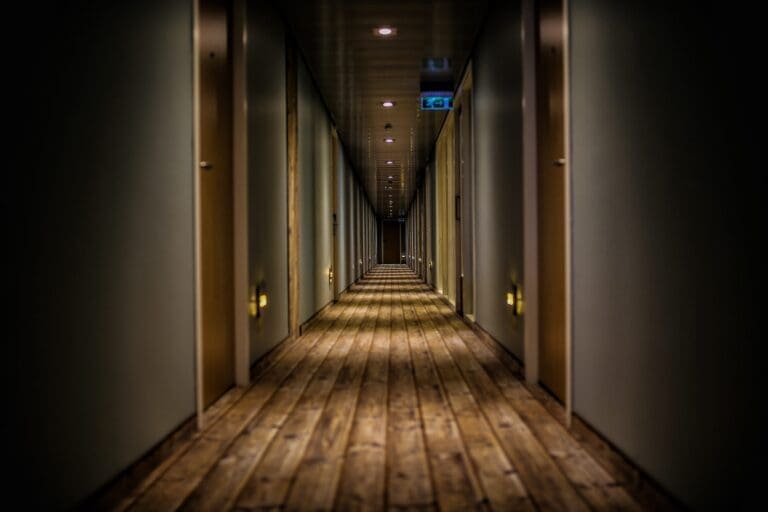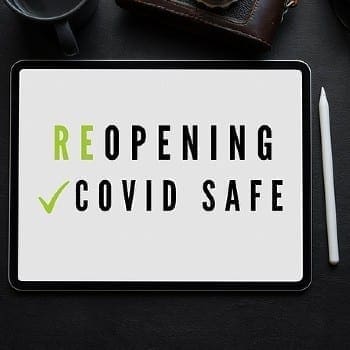 The first step when trying to make a beachfront hotel property Tsunami “safer”, is to gain a good understanding of the geophysics and the forces that take place. The energy in any natural disaster always follows the ‘Less-Resilience-Principle’. Preparing a hotel for a Tsunami starts in the early design stage. The best emergency response plan and team will never be enough when the landscape and the layout leads the water into dead ends, or cuts of critical escape areas. The energy in any natural disasters follows always the path of the least resistance.
The first step when trying to make a beachfront hotel property Tsunami “safer”, is to gain a good understanding of the geophysics and the forces that take place. The energy in any natural disaster always follows the ‘Less-Resilience-Principle’. Preparing a hotel for a Tsunami starts in the early design stage. The best emergency response plan and team will never be enough when the landscape and the layout leads the water into dead ends, or cuts of critical escape areas. The energy in any natural disasters follows always the path of the least resistance.
I have recently traveled to Indonesia and visited some excellent beachfront properties. Some hotels have taken it seriously and implement global safety best practices, allowing the forces that take place to flow through the property and it provides safe passageways at the same time. For example, once the water reaches the hotel lobby, it should always be able to flow straight through. This includes no hazardous glass fronts or doors on either end. Making sure the space is wide enough to cater for the compressed water is an important aspect. Directing the water away from the passageways that are leading towards the nearest emergency stair is key.
The Anvaya Beach Resort in Bali is a property that certainly stands out. Its state-of-the-art Tsunami evacuation concept has a unique landscape that ticks a lot of the boxes in the Global Lighthouse Certification Program. When you look closer you can even see how the architecture guides the water and debris in a certain direction. Concrete barriers are part of a beautiful botanical garden and they will act as a directing system. The 493 bedrooms 5-star beachfront property is an exquisite hidden sanctuary in the heart of Kuta, which embraced a modern safety design concept. The luxury Anvaya Beach Resort Hotel for example, which is part of the Santika Indonesia Hotels & Resorts, has a training department that educates hotel staff in Tsunami response. A team of qualified managers and supervisors in each department make up the ERT (Emergency Response Team). Guests will be alerted through a Public-Address System and the Emergency Signs put up throughout the resort. All staircases are built wide enough to cater for a larger crowd. Where it is crucial, the design allows the water to go through but stops floating debris at the same time. Having always a security guard at the beach access point, compliment the evacuation concept. Even the secure and full supervised kids club is located in my opinion in the safest location of the property, and includes an emergency staircase leading up. Also the best location in the event of an earthquake or fire.
What happens if a Tsunami is going to hit the holiday destination Bali?
We leave it up to the experts to discuss if Bali is a safe location for a Tsunami or not. In the meantime, the good news is that hotels in Bali don’t take chances and the majority follow global safety best practices. Tsunami evacuation signs are clearly visible and come in all shapes and colours. I have learned that some hoteliers also don’t want to jeopardize their licenses and deal with further consequences.
If a Tsunami does occur the BMKG government agency (Badan Meteoroligi, Klimatologi, dan Geofisika) will be one of the first emergency centers and will start the alarm and evacuation process. I was told, Bali has 4 emergency response centers alone that monitor seismic activities 24/7. Beach Front properties will be notified through multiple channels. The ‘window of death’ is about 20-30 minutes, enough time to respond before an impact. Hotel guests and staff have a fair chance to reach the highest point of the nearest building.
Natural disasters in Indonesia is nothing unusual. Being located on the Pacific Ring of Fire, this country has to cope with the constant risk of volcanic activities, earthquakes, tsunamis, and floods. In the past, Indonesia made headlines due to several devastating incidents causing thousands of lives. The Tsunami in 2004, is historically seen as the biggest event of it’s kind and killed in Indonesia alone over 167.000 people. Lombok, Sumatra, and Java are also high-risk earthquake regions, and the bottom ocean around it can trigger anytime another Tsunami.



















